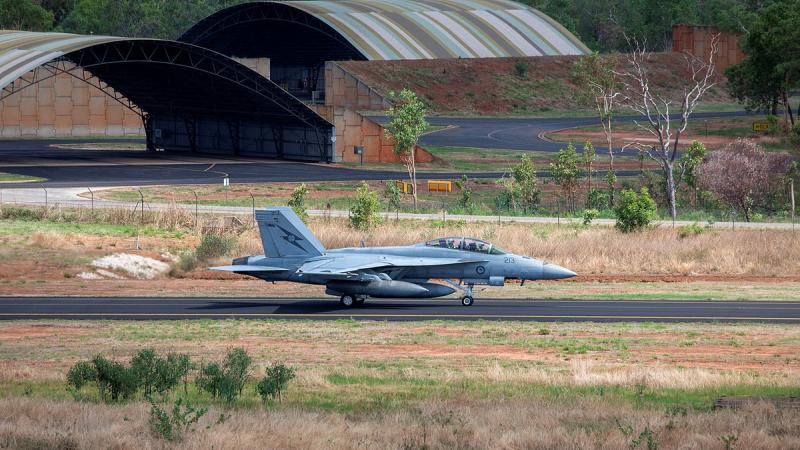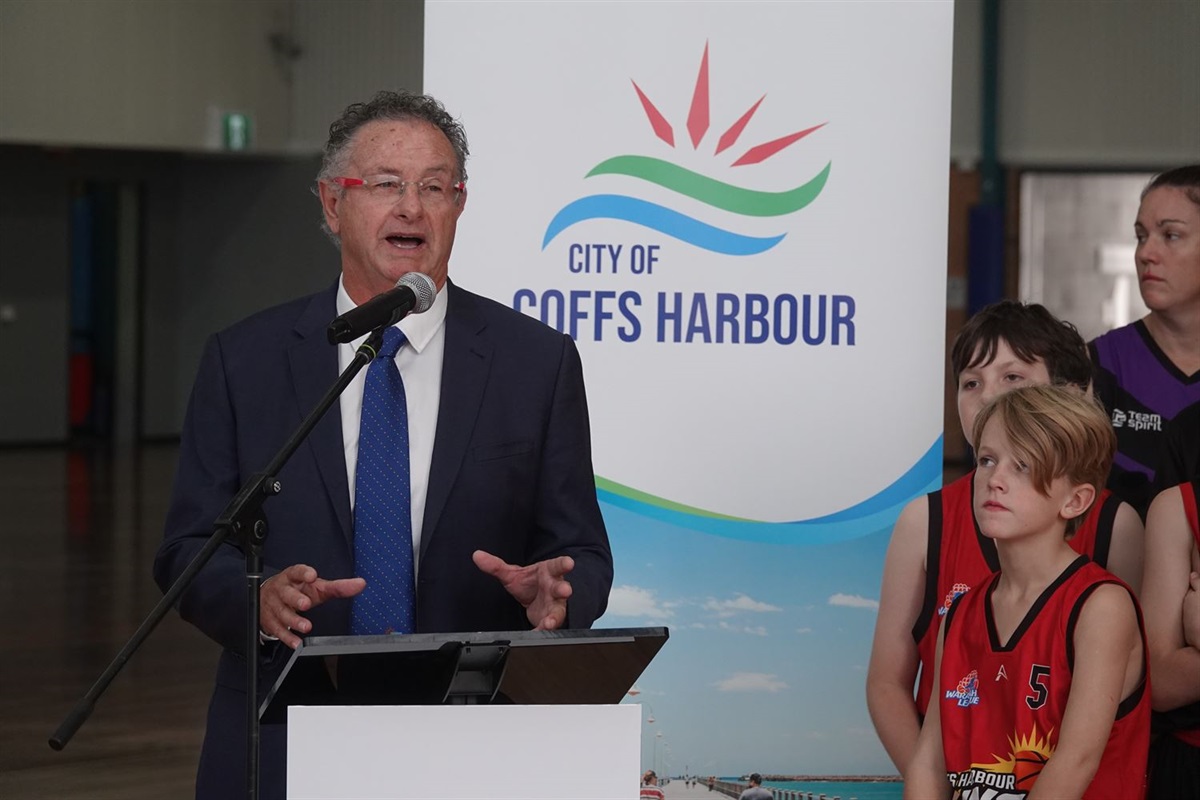With marlin often spotted in waters off the Sunshine Coast, it is interesting to revisit the history of big game fishing on the Coast. From the early years, Mooloolaba was known to have the natural features for this sport and unlike most other localities the big game season lasted all year.
During the 1930s the local Nambour Chronicle frequently provided ‘action packed’ accounts of big game fishing trips and these show that record catches were to be made in the big game ground some 20 miles out from Mooloolaba.
In mid-January 1937 A.B. Carrodus, the then President of the Amateur Fishermen’s Association, officially opened a new weighing station at the public jetty at Mooloolaba. The scales were suspended on a huge frame and were capable of handling fish up to 1000 lbs (453.6kg) in weight. They were promoted as the first of their kind to be erected in Queensland. The first weigh in was a 90 lb black marlin caught by Mr Frank Jensen. Mr Jensen struggled for quite some time, lacerating his hands to land the 7ft 6in fish.
The Nambour Chronicle reported in 1937, Mooloolaba was the first big game fishing base established in Queensland with big game fishermen bringing their launches to comb the waters in a systematic exploration of big game fish.
In 1939 moves were made for the Mooloolaba Progress Association to purchase the weighing scales and to reconstruct them for use for big game fishing. At the time it was reported that a record weight Marlin had been caught just off Mooloolaba but Mooloolaba had lost valuable publicity because it lacked suitable facilities and the fish had been taken to Brisbane to be weighed.
Mooloolaba Progress Association, with the assistance of donations, purchased the weighing scales in November 1939 and the new, remodelled weighing station was officially opened in January 1940. With these new facilities, catches including striped marlin, bronze whaler sharks, swordfish and hammerhead sharks attracted much attention. Boats returning with such catches would fly their flag, and on seeing the boats come over the river bar, crowds would quickly gather at the weighing station anxious to see the large game fish and learn all about them. The fish were frequently left on view at the jetty.
Experienced big game fisherman F.Z. Eager made some of the most notable catches at the time. In January 1940 Eager and his party aboard his fully equipped boat ‘Wollomai’ made the headlines with their catches. In a thrilling marathon effort, Mr Eager fought a huge bronze whaler shark for 9 hours and 45 minutes, the entire time remaining seated in his swivel chair. The shark had careered everywhere and towed the boat twenty miles off its course. One of the party remarked “We were really glad to see that it was a shark and not a magnetic mine! The monster shark weighed in at 765 lbs.
In May 1940 Eager landed what was believed to be a world record ‘white death’ shark – a white pointer weighing 1329 lbs – so large that it had to be weighed in sections at the Mooloolaba public jetty.
One of the most spectacular big game fish is the swordfish, Messrs J and W Carruthers experienced an exciting time in 1934 when they hooked a swordfish. It took 3 hours to land and during that time the boat had travelled 5 miles and it had charged the boat three times with it powerful sword, twice near the bow where it cracked two planks and once at the stern where a solid piece of 5x5in timber was penetrated to a depth of 2 inches.
It was not always fish, in 1926 the crew of the ‘Mooloolaba’ hooked a huge stingray. After a long struggle the monster was brought alongside but was too big and heavy to haul on board. It measured over 8 feet across and 2 feet thick with a huge tail and would have weighed over half a ton.
By January 1941 the big game weighing station was enlarged and improved. The first large deep sea fish to be weighed at the remodelled station was a 420 lb grey nurse shark which once again attracted a great crowd of onlookers who gathered with much excitement to see the big fish being weighed.
There are many tales of catching huge fish but the story of Charlie and the whale would have to be the biggest! In 1934 Skipper Charlie Delsgard, who was a noted fisherman, often used the port of Mooloolaba as a centre for his activities. The story goes he was cruising alone along the coast somewhere near Double Island Point in his 40 foot cruiser shaped somewhat like a torpedo boat, when he spotted a whale stranded on a sandbank near to the coast in calm water. His eyes lit up with the idea of obtaining a few gallons of whale oil.
He anchored alongside and investigated deducing the whale was dead. He tied a rope around its tail and secured the other end to the boat. He waited for the tide to rise to float the whale and tow it off the bank. You can image Charlie’s consternation when in deeper water, the whale calmly swam away, towing the boat behind it. When suddenly the whale decided to dive it took the boat with it, Charlie not wishing to convert his torpedo boat into a submarine, grabbed an axe and hastily chopped the tow rope just as the deck was awash.
The legendary Zane Grey, author, sportsman and actor, wrote in one of his books “The enchantment never palls. Fishing is like Jason’s quest for the Golden Fleece. The most humble fisherman has this in common with fishermen of all degrees. Every fishing trip is a composite of all the trips and it holds irresistible promise for the future. There are always greater fish than you have caught, always the lure of greater tasks and achievement, always the inspiration to seek, always the beauty of the lonely stream and open sea: always the glory and dream of nature.”
Thanks to the Sunshine Coast Council’s Heritage Library staff for the words and Picture Sunshine Coast for the images.








